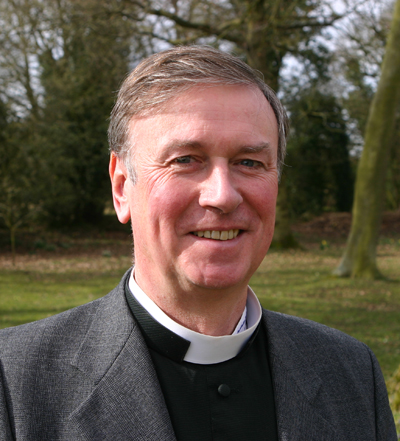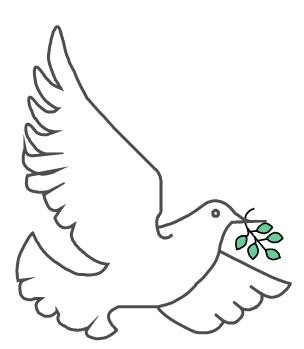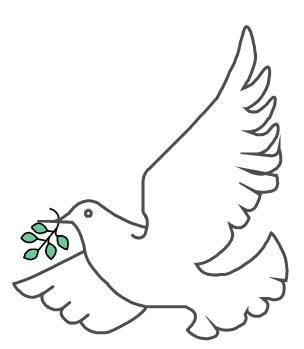|
Viewpoint from Rt Rev Jonathan Meyrick 08/12/2017
 Rt Rev Jonathan Meyrick Rt Rev Jonathan Meyrick
Bishop of Lynn
as publsihed in the Yarmouth Mercury
Earlier this autumn, I went to Papua New Guinea. I was representing both the Diocese of Norwich and the Archbishop of Canterbury at the enthronement of the new Archbishop for the Anglican Church of PNG. The Province was created in 1977 when a single Diocese, which covered the whole of the country as part of the Province of Queensland, became five dioceses in their own Province; it was just a year after the country became independent. The first Archbishop was an Englishman named David Hand; he had been Bishop of the single diocese before and had grown up in a small west Norfolk Village where his father was Rector. Nine years earlier, at the 1968 Lambeth Conference, he and the then Bishop of Norwich had agreed to make a link between their dioceses which has existed ever since and grew naturally into a link with the new province
 The enthronement ceremony for Archbishop Allan was a wonderful occasion, full of joy and enthusiastic worship. A memorable sermon from another Englishman who had gone there to be a bishop used a red towel to remind the new Archbishop of his ministry of service in a church which saw such martyrdom in the last century The enthronement ceremony for Archbishop Allan was a wonderful occasion, full of joy and enthusiastic worship. A memorable sermon from another Englishman who had gone there to be a bishop used a red towel to remind the new Archbishop of his ministry of service in a church which saw such martyrdom in the last century
After the enthronement, I travelled up to a remote mountainous village where Bishop David had established a new church in the early 1960s. The village is Simbai; you can only get to it by a small plane, and only then if the weather permits. The only four wheeled vehicle lies on its side, unusable. No electricity, no running water, other than the river, sometimes no crops in the ground. Yet Simbai is the centre for some 2,500 people living in the mountains
 When arriving in Simbai, amongst the great crowd of people greeting me was a 25 year old lady called Maria; she was the most strikingly dressed and head dressed person there. Maria was born on Christmas Day and losing her mother as she was born, Maria’s father gave her to Simbai’s Mothers Union for them to bring her up. She seemed somehow to be a vibrant symbol of hope, of the continuing commitment of the local community to remain a people who cared for others and who in spite of everything rejoiced in the gifts around them When arriving in Simbai, amongst the great crowd of people greeting me was a 25 year old lady called Maria; she was the most strikingly dressed and head dressed person there. Maria was born on Christmas Day and losing her mother as she was born, Maria’s father gave her to Simbai’s Mothers Union for them to bring her up. She seemed somehow to be a vibrant symbol of hope, of the continuing commitment of the local community to remain a people who cared for others and who in spite of everything rejoiced in the gifts around them
A symbol, too, of God’s desire to be incarnate in such communities, in places where dependence on His love and the gift of Himself, often seems the only beacon of light in dark situations. Simbai’s Maria symbolises for them the gift of God at Christmas. I pray that you will find similar signs and symbols in those around you this Christmas
The views carried here are those of the author, not necessarily of Network Yarmouth, and are intended to stimulate constructive and good-natured debate between website users
We welcome your thoughts and comments, posted below, upon the ideas expressed here
Click here to read our forum and comment posting guidelines
|
|
|
|